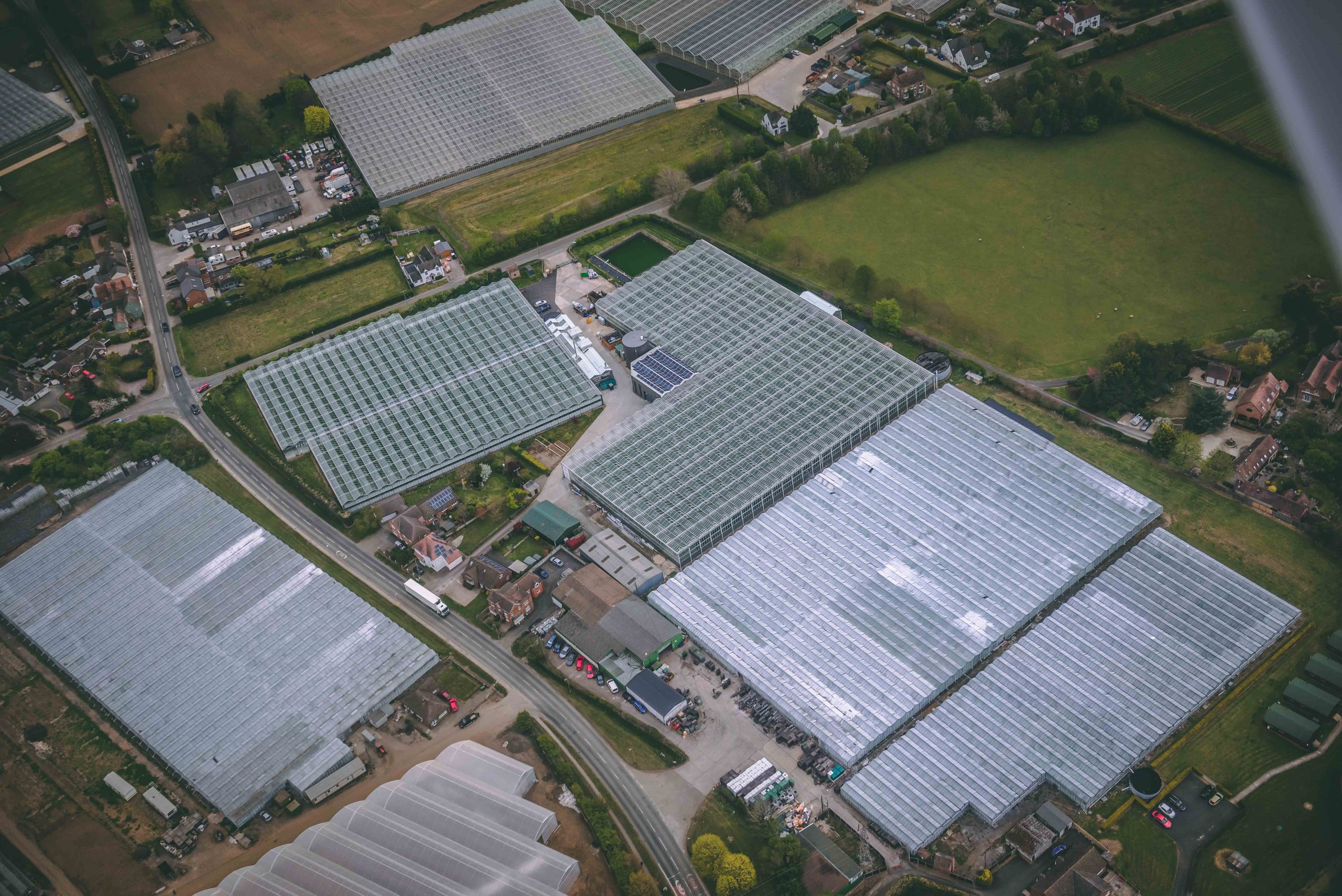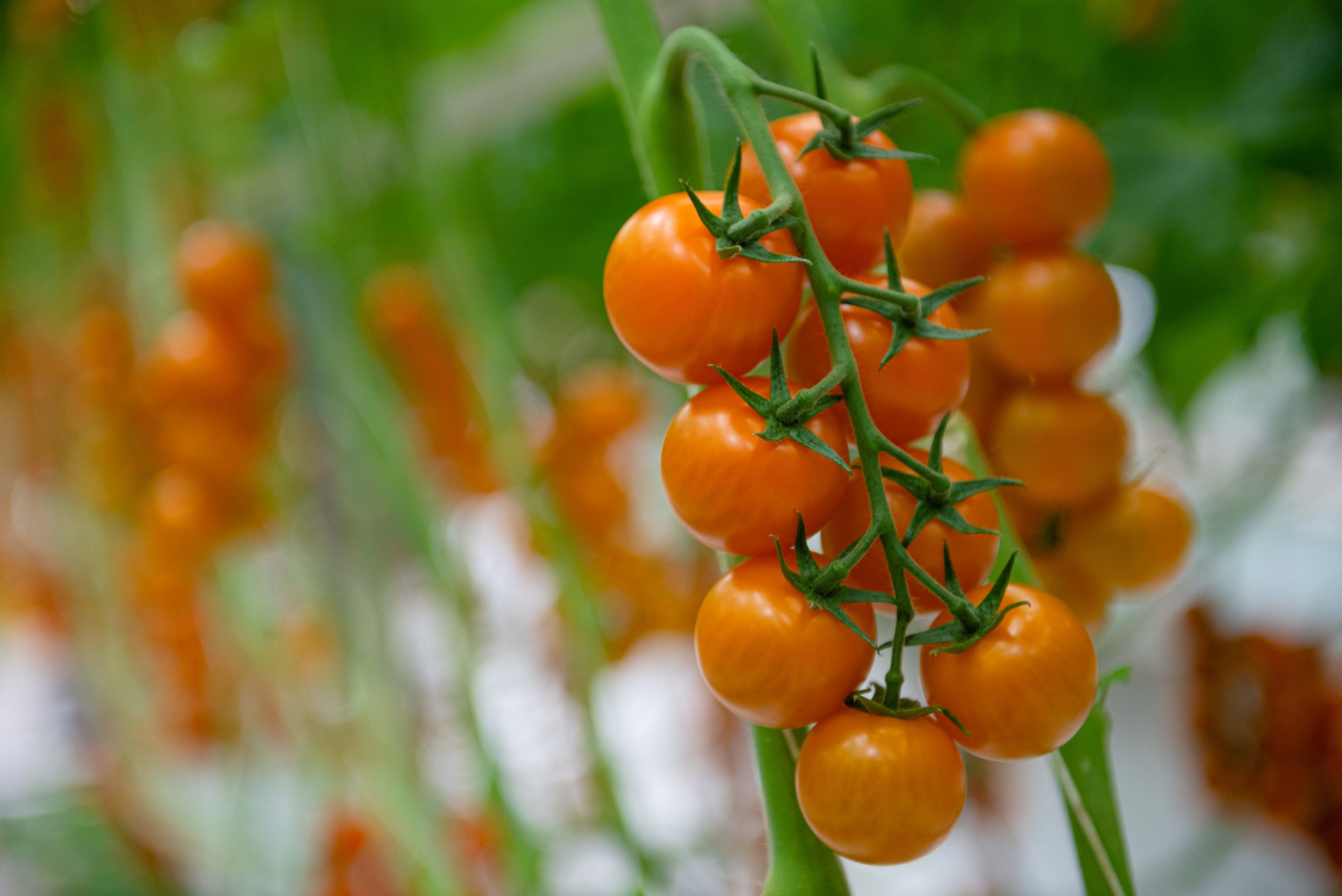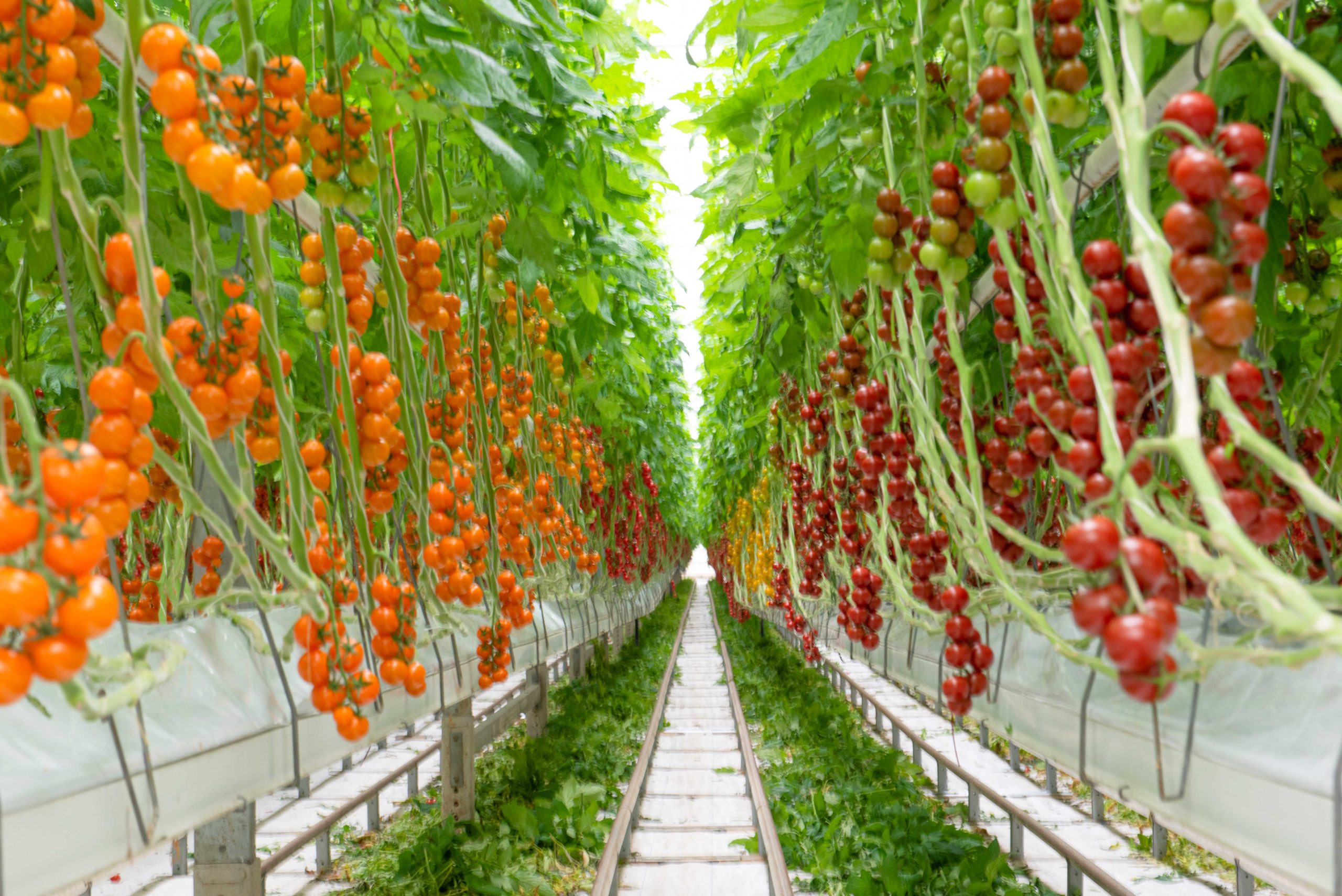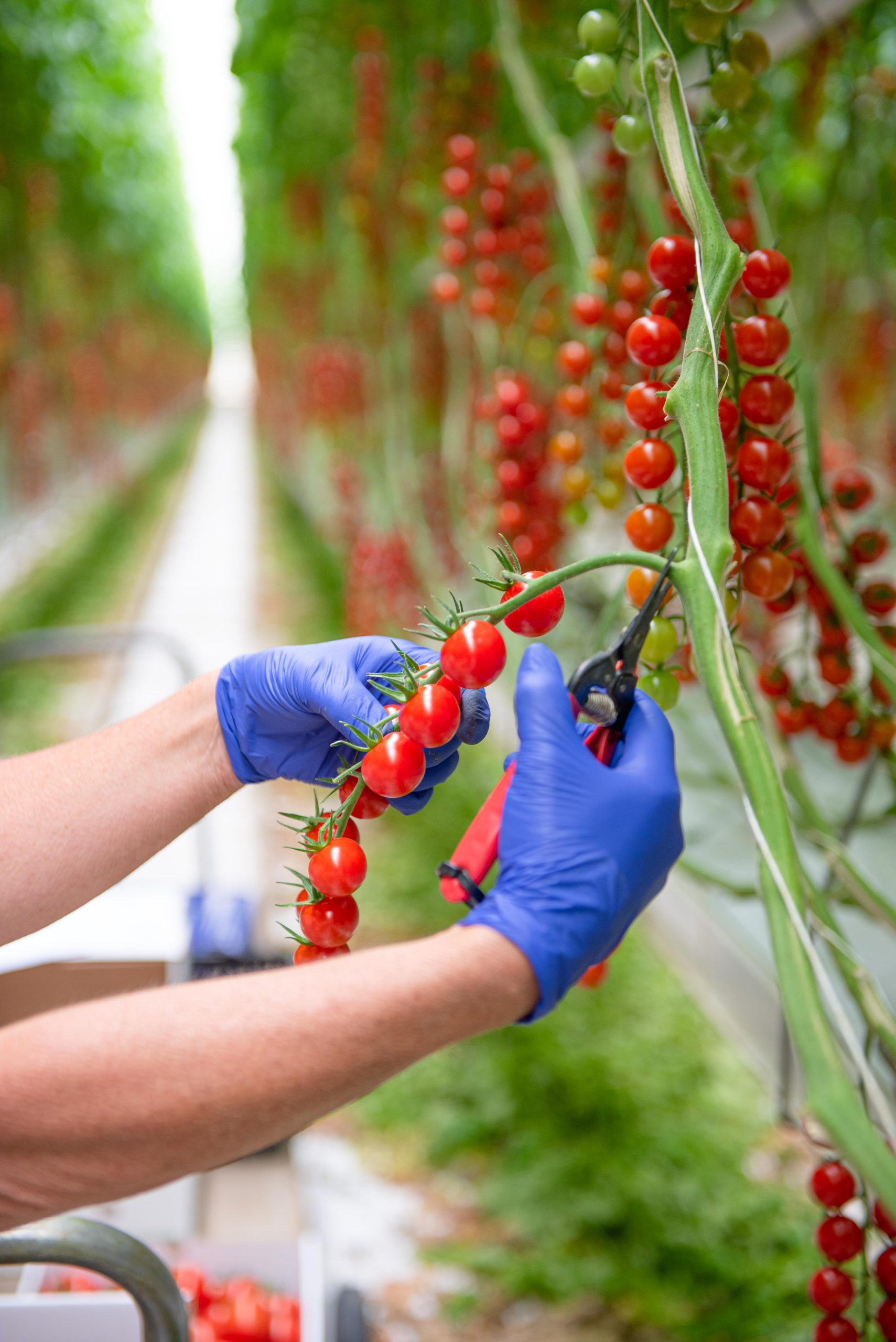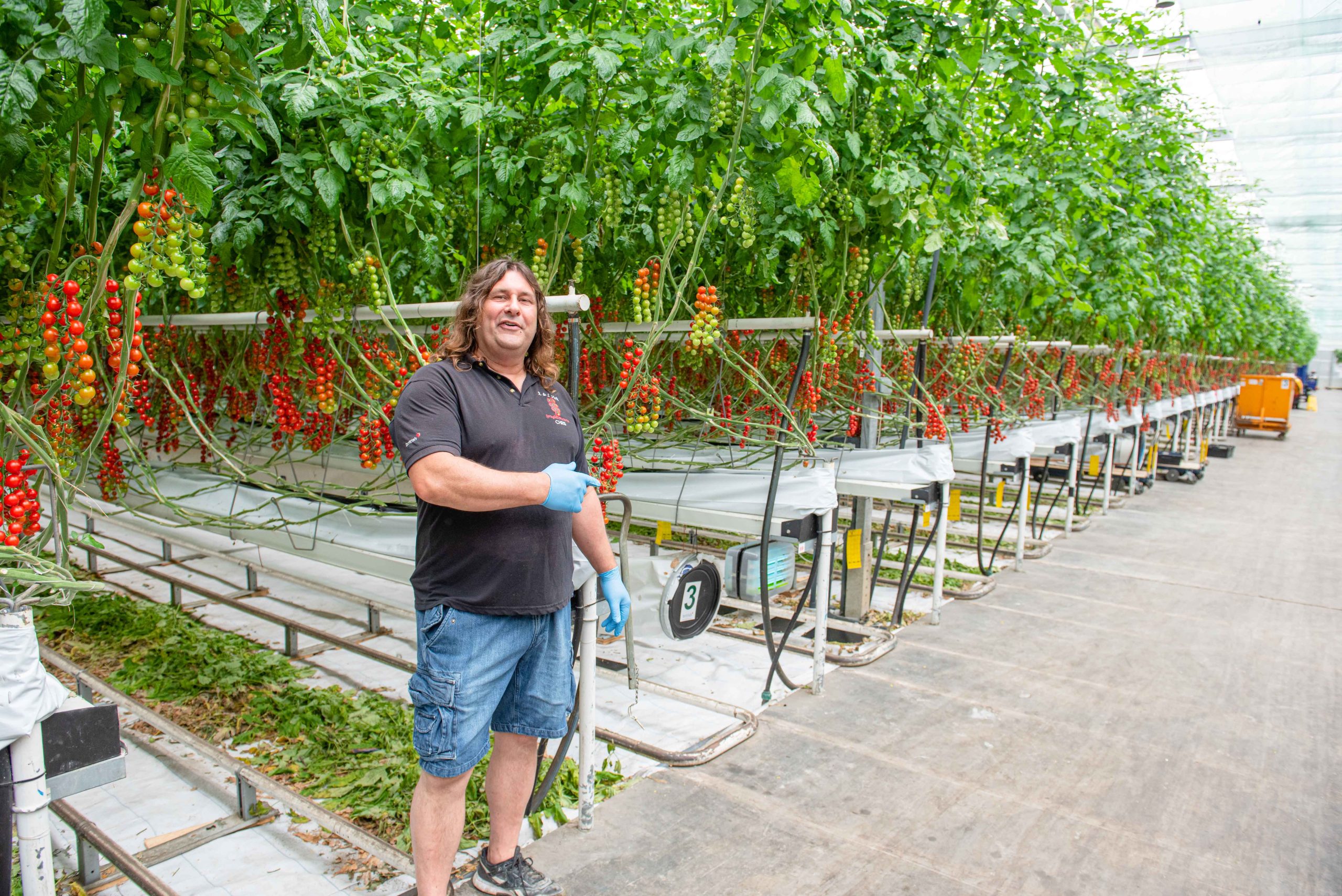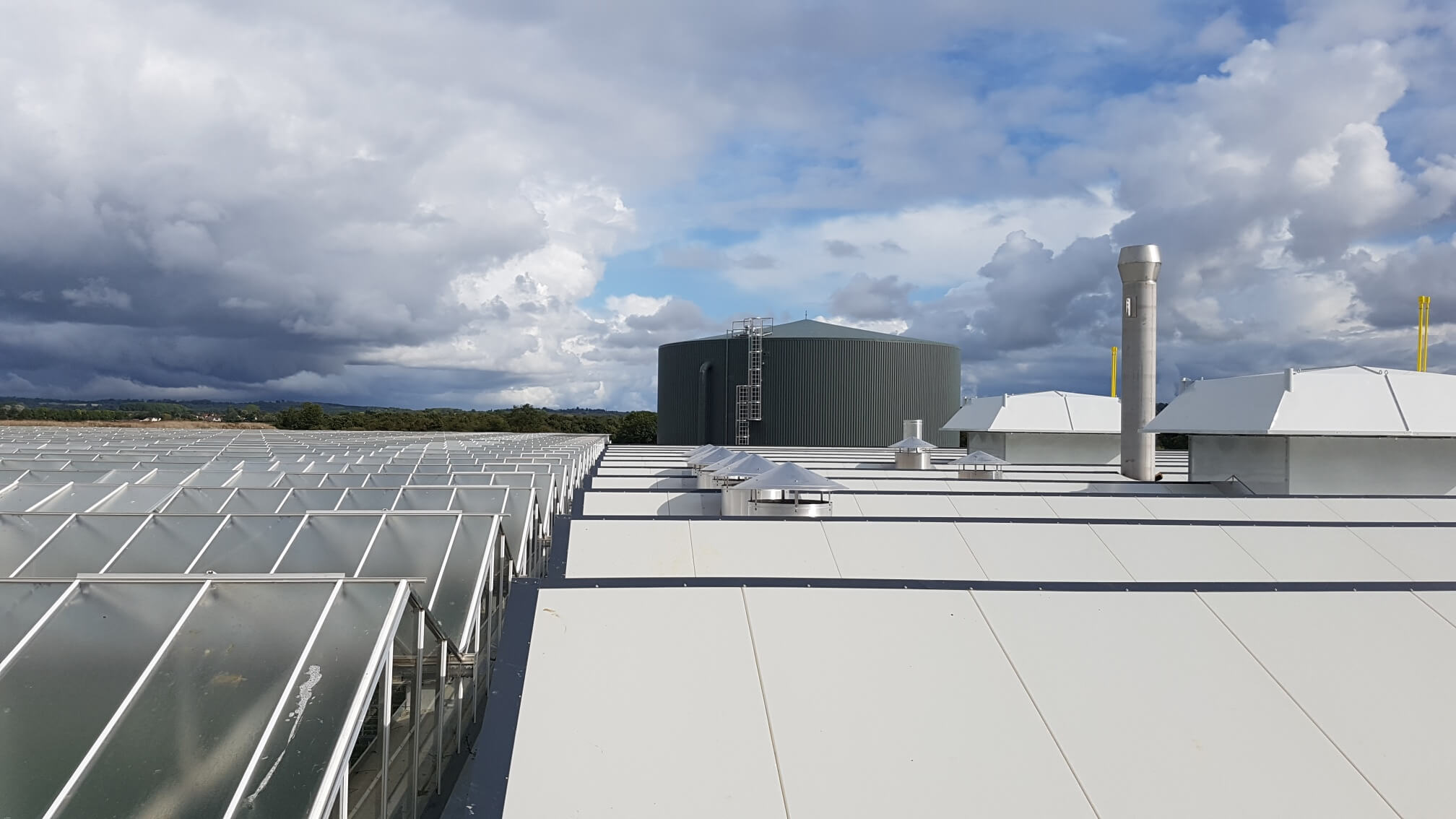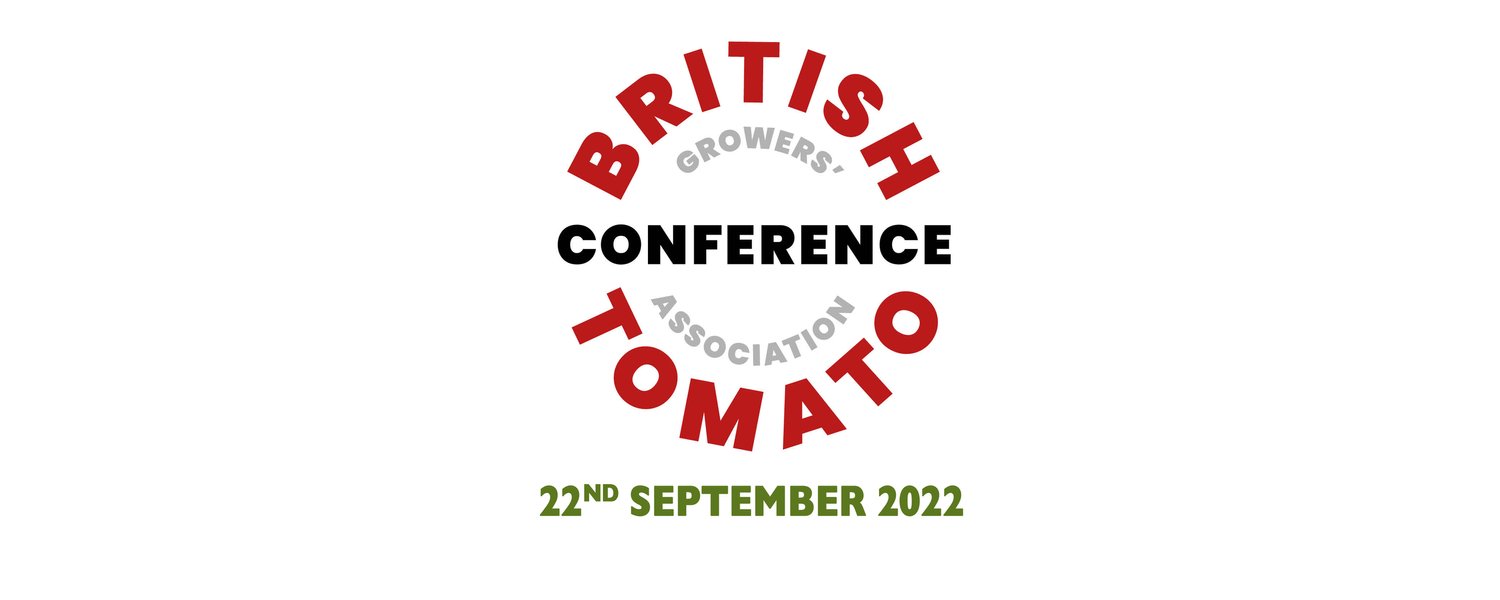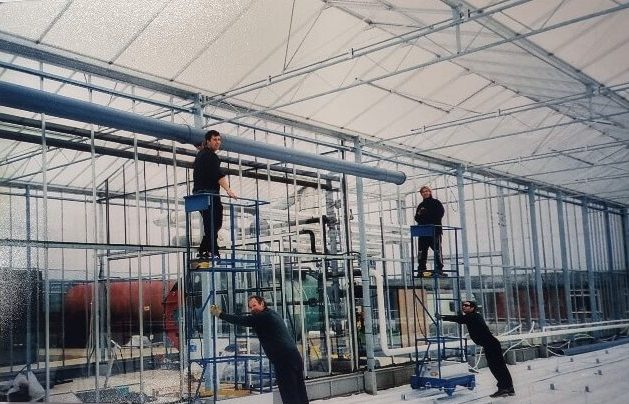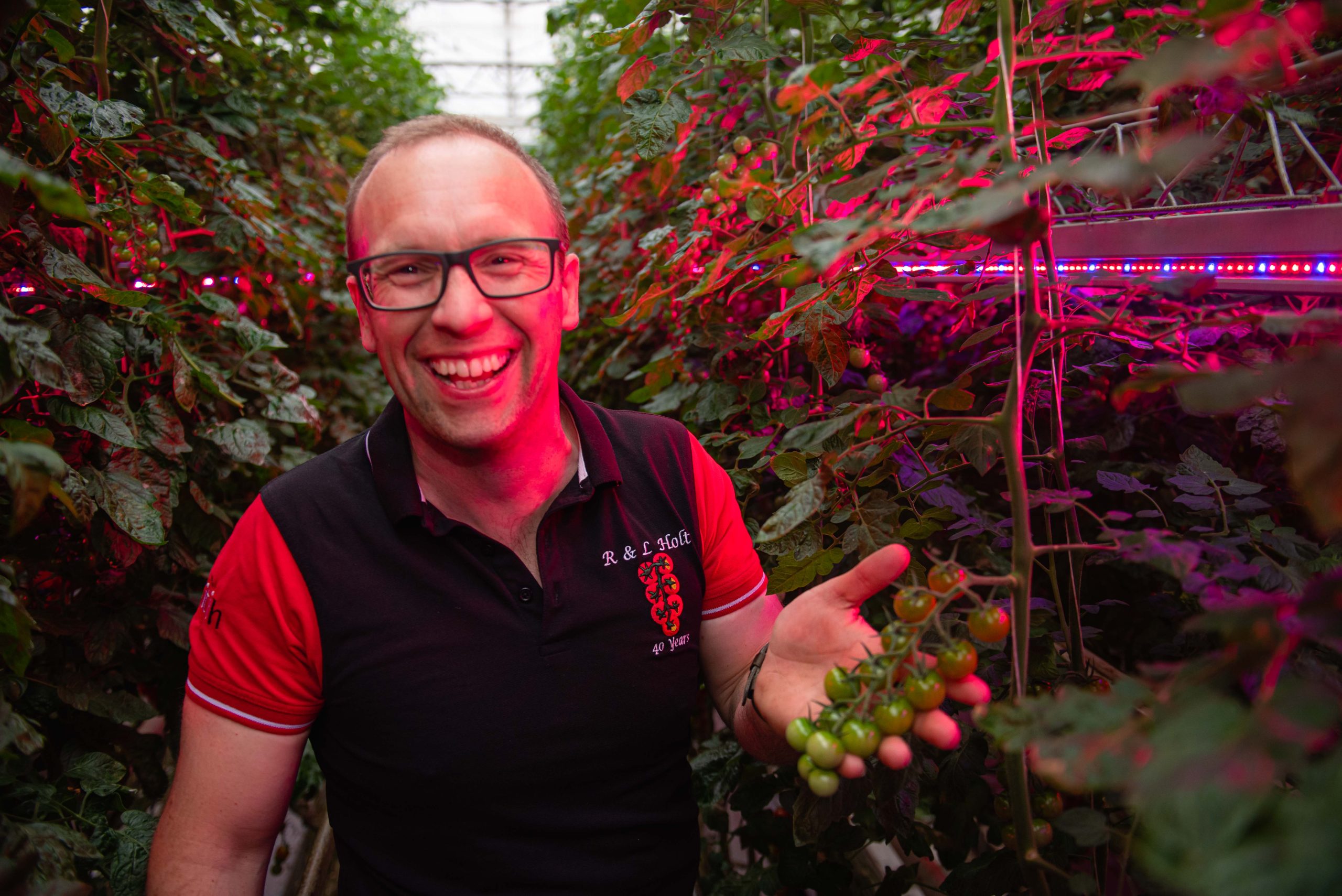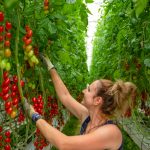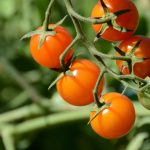Being a business that has been active for forty years (and many more to come!) it is easy to overlook the origins of a business as time promptly passes by. This blog will transport you back in time to where R&L Holt, your favourite tomato growing business first began and what happened before the twenty-first century…
Where it all began, 1979
R&L Holt began with the purchase of our first site Sandylands in 1979. This was comprised of a mixture of indoor and outdoor plants.
The expansion commenced, 1985
The construction of the first glass house for R&L Holt called ‘Tom, Dick and Harry’ began in 1985. This ensured that the tomato plants were well insulated in all seasons, and as we know in Britain, they can be extreme!
Considerable construction, 1999
Following on from the construction of the first glass house swiftly follows the construction of the second in 1999 which has since been called ‘Fred’. From this point onwards we can see a rapid progression in the expansion and growth of the business to keep up with high customer demand.
So, that’s where it all began! We are extremely grateful to our loyal followers, customers and friends who ensure that this business is a continuous success. We look forward to the next 40 years with you!

